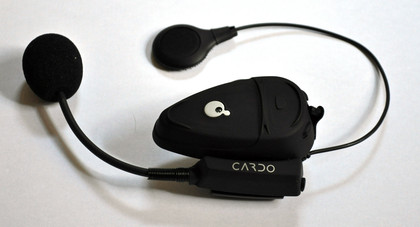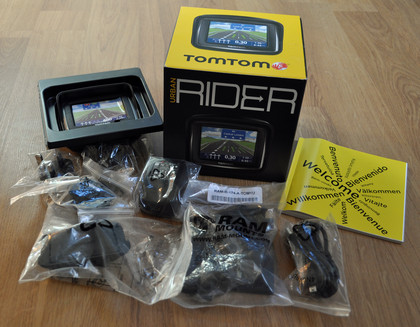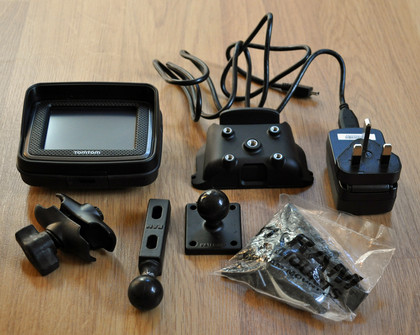TechRadar Verdict
Pros
- +
Intuitive interface
- +
Clear audio
Cons
- -
No voice control
Why you can trust TechRadar
The TomTom Urban Rider is TomTom's latest addition to its motorbike sat navs. It features a new case, updated software and a simplified menu.
The model we reviewed was the cheaper TomTom Urban Rider Regional which doesn't come with a Bluetooth headset.
This means you'll need to already own one, or a Bluetooth-enabled helmet, buy a separate headset, or opt for the TomTom Urban Rider Pro, which comes with one in the box.
We were sent a Cardo scala rider Solo wireless Bluetooth headset in addition to the Urban Rider Regional. This offers automatic volume control according to your speed and surrounding noise.

Fixing the headset to a helmet takes seconds. Simply snap it onto the underside of the helmet and tighten the two bolts with the Allen key. There's a single earpiece which sticks to the helmet lining with Velcro and a microphone which can be positioned by its bendy stem.
Once attached, you can leave the mounting on the helmet as there is a quick-release mechanism to remove the expensive bit – handy if you like to leave your helmet with your bike when you are parked up.

In the TomTom Urban Rider box, you'll find the sat nav, the bits that make up the mounting unit which come from RAM Mounts, a charger, a USB cable so you can connect to your PC to download new maps, and a (very brief) instruction manual.
Sign up for breaking news, reviews, opinion, top tech deals, and more.

The fact that the mounting system comes from a third party probably explains why you'll have a bunch of bolts and other bits left over when you've fitted everything.

After watching War Games and Tron more times that is healthy, Paul (Twitter, Google+) took his first steps online via a BBC Micro and acoustic coupler back in 1985, and has been finding excuses to spend the day online ever since. This includes roles editing .net magazine, launching the Official Windows Magazine, and now as Global EiC of TechRadar.
